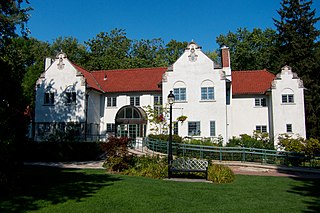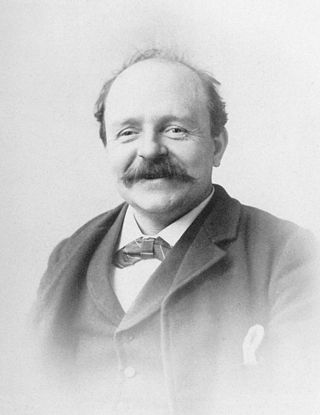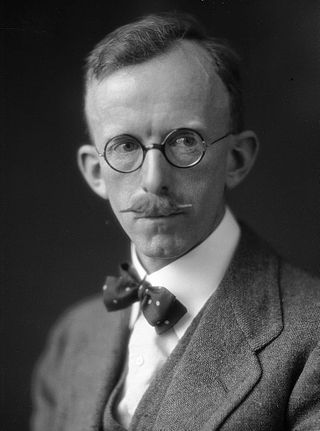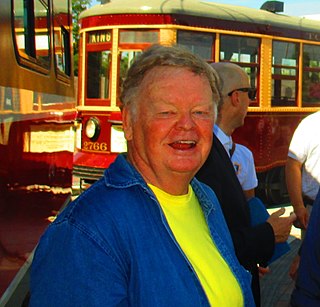
Street photography is photography conducted for art or inquiry that features unmediated chance encounters and random incidents within public places. It usually has the aim of capturing images at a decisive or poignant moment by careful framing and timing. Street photography overlaps widely with candid photography, although the latter can also be used in other settings, such as portrait photography and event photography.

William Notman was a Scottish-Canadian photographer and businessman. The Notman House in Montreal was his home from 1876 until his death in 1891, and it has since been named after him. Notman was the first photographer in Canada to achieve international recognition.

The Cawthra family of Toronto was famous for its business, social and cultural contributions to the city. It is one of the oldest families in Toronto, and many descendants of the family's founder, Joseph Cawthra, continue to play significant roles in Toronto society.

William James Topley was a Canadian photographer based in Ottawa, Ontario. He was the best known of Ottawa’s nineteenth-century photographers and the most socially prominent one. Topley was noted for his portraiture of Canadian politicians and was a business partner of William Notman, having taken over Notman's Ottawa studio in 1872. A large number of photographs by Topley are now in the collection of Library and Archives Canada, including approximately 150,000 glass plates negatives and a set of 66 index albums covering the entire history of his Ottawa studios from 1868 until 1923.

Melvin Ormond Hammond, known professionally as M. O. Hammond, was a Canadian journalist, photographer, and author.

Edward Burtynsky is a Canadian photographer and artist known for his large format photographs of industrial landscapes. His works depict locations from around the world that represent the increasing development of industrialization and its impacts on nature and the human existence. It is most often connected to the philosophical concept of the sublime, a trait established by the grand scale of the work he creates, though they are equally disturbing in the way they reveal the context of rapid industrialization.
Larry Towell is a Canadian photographer, poet, and oral historian. Towell is known for his photographs of sites of political conflict in Ukraine, Nicaragua, El Salvador, Standing Rock and Afghanistan, among others. In 1988, Towell became the first Canadian member of Magnum Photos.
Fred Herzog D.F.A. was a German-born Canadian photographer, who devoted his artistic life to walking the streets of Vancouver as well as almost 40 countries with his Leica, and various Nikon, Kodak and Canon, photographing - mostly with colour slide film - his observations of the street life with all its complexities. Herzog did not achieve critical recognition until the 1990s, when his unusual early use of colour in art photography was recognized. He became celebrated internationally for his pioneering street photography, his understanding of the medium combined with, as he put it, "how you see and how you think" created the right moment to take a picture.

Frank William Micklethwaite (1849–1925) was a Canadian photographer, professionally known as F. W. Micklethwaite, whose photographs of Toronto and the Muskoka area form an important and unique photographic record of the province of Ontario's history in the late 19th century and early 20th century. Micklethwaite specialized in outside views and landscapes, as well as architectural and commercial photography, and he was one of Toronto's best known photographers.
Arnaud Maggs was a Canadian artist and photographer. Born in Montreal, Maggs is best known for stark portraits arranged in grid-like arrangements, which illustrate his interest in systems of identification and classification.
Geoffrey James LL. D. is a Canadian documentary photographer, who lives in Montreal and has been influenced lifelong by Eugene Atget. Like Atget, he has been fascinated with the built environment. Early in his long career, James made panoramic landscapes. These black-and-white photographs illuminated his subjects, nature's spaces and the changes wrought by society on both its more idealized creations such as formal gardens and its darker side - the asbestos mining landscape. His aims were two-fold, both "Utopia" and "Dystopia". (Utopia/Dystopia was the title of his book/catalogue and retrospective at the National Gallery of Canada in Ottawa in 2008.
Samuel Bejan Tata was a Chinese photographer and photojournalist of Parsi descent. Tata grew up in Shanghai where he learned the basics of photography from several mentors including Lang Jingshan and Liu Xucang. Due to political unrest, he mostly confined himself in his early career to portraiture in the tradition of pictorialism.

Arthur S. Goss, also known as William Arthur Scott Goss (1881-1940) was the City of Toronto's first official photographer.

John Harold Boyd, also referred to as John Boyd Jr. was a Canadian photographer for The Globe and Mail, based in Toronto, Ontario. He was also a founding member and early president of the Commercial and Press Photographers' Association of Canada.
Beginning operation in 1861, the Yonge streetcar line was the first streetcar line in Toronto and the first in Canada. It started off as a horsecar line and closed in 1954 operating two-unit trains of Peter Witt motors pulling a trailer. Under the Toronto Transportation Commission, the Yonge line was the busiest and most congested streetcar line in the city leading to its replacement in 1954 by the Yonge Subway line, also Toronto's first and the first in Canada.

Mike Filey was a Canadian historian, radio host, journalist and author. He was awarded the Jean Hibbert Memorial Award in 2009 for promoting the city of Toronto and its history.
John Vanderpant was a Dutch-Canadian photographer, gallery owner and author. He made his living doing portrait work while becoming known as a major member of the International Modernist photography movement in Canada. He was a key figure in Vancouver's artistic community.
Michel Lambeth was a Canadian photographer. He made an in-depth photographic study of Toronto during the 1950s and was one of the country's leading photo-journalists during the 1960s.

Photography in India refers to both historical as well as to contemporary photographs taken in modern-day India.

Photographs have been taken in the area now known as Canada since 1839, by both amateurs and professionals. In the 19th century, commercial photography focussed on portraiture. But professional photographers were also involved in political and anthropological projects: they were brought along on expeditions to Western Canada and were engaged to document Indigenous peoples in Canada by government agencies.




























